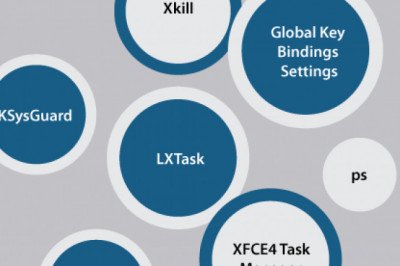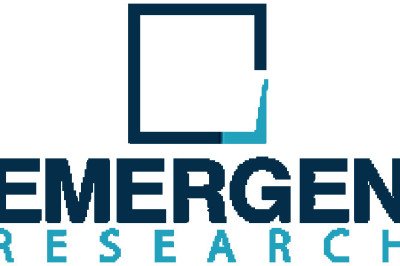
views
In our digital age, where communication transcends borders and time zones, it's easy to overlook the importance of area codes. However, these numerical identifiers, such as the 949 area code, are fundamental to modern communication. This article delves into the world of area codes, with a particular focus on the 949 area code. We will explore the significance of area codes in identifying phone numbers, delve into the mechanics of phone number location lookup services, trace the historical evolution of area codes in the United States, dissect international area codes, and assess the contemporary relevance of these numeric labels, including their impact on regional identity.
I. Phone Number Location Lookup
A. Definition and Purpose of Phone Number Location Lookup
Phone number location lookup is like a virtual detective, tasked with unveiling the geographical origin of a phone number. Its primary goal is to transform a string of seemingly random digits into a concrete location on the map. This service empowers users to pinpoint the whereabouts of a caller or the source of an incoming call, providing valuable information for decision-making.
B. How Phone Number Location Lookup Services Work
Behind the scenes, phone number location lookup services rely on extensive databases containing information about area codes and their corresponding geographic regions. When a phone number is entered into such a service, it queries its database, cross-referencing the area code to determine the associated location. In this process, area codes act as crucial keys that unlock the caller's or recipient's location.
II. Area Code History
A. The Evolution of Area Codes in the United States
The history of area codes in the United States is a compelling narrative of adaptation and innovation within the telecommunications industry. It began in 1947 with the introduction of the North American Numbering Plan (NANP) by the Bell System. This groundbreaking plan aimed to simplify long-distance calling and accommodate the growing demand for telephone services by dividing the nation into numbered regions, each designated by a unique area code.
B. Milestones in Area Code History
Over the years, area codes have undergone significant transformations to keep pace with technological advancements and the increasing need for phone numbers:
Area Code Splitting: As the demand for phone numbers soared, area codes were frequently split to accommodate more subscribers within a specific region. For example, the 949 area code emerged from the 714 area code in California in 1998.
Overlay Codes: To mitigate the inconvenience of changing existing phone numbers, overlay area codes were introduced. These overlay codes allow multiple area codes to coexist within the same geographic region, requiring users to dial the full ten-digit number for local calls.
III. International Area Codes
A. Understanding International Dialing Codes
International area codes, commonly referred to as country codes, serve as gateways to global communication. They signify the country to which a call is directed, ensuring it reaches the intended recipient beyond international borders.
B. How International Area Codes are Structured
International area codes typically consist of three digits, such as +1 for the United States or +44 for the United Kingdom. When combined with the local phone number, these three digits create a unique identifier that directs the call to its international destination. These codes are the universal bridges in our interconnected world, facilitating seamless global communication that transcends language and geography.
C. Uses Of Area Code 949
Among international area codes, the +1 code represents the United States. Within the expansive territory of the U.S., the 949 area code serves a dynamic region in Southern California, encompassing cities like Irvine, Newport Beach, and Laguna Beach. Beyond its numeric identity, area code 949 holds deep significance for the individuals and businesses within its jurisdiction, symbolizing a sense of pride and belonging.
IV. Modern Relevance of Area Codes
A. The Role of Area Codes in an Era of Mobile Phones
In the age of mobile phones, where our numbers remain constant regardless of our physical location, area codes have evolved into digital symbols of identity. They represent not only a geographic location but also our personal history, affiliations, and connections. Area codes play a crucial role in shaping our digital identities, reflecting the places we've lived, the businesses we're associated with, and the communities to which we belong.
B. Impact of Area Codes on Regional Identity
Area codes also contribute significantly to our regional identities. Many individuals develop a strong attachment to their area code, considering it a badge of honor and a symbol of belonging. It's not uncommon to see area codes displayed on license plates, email addresses, and even as tattoos, underscoring the pride and identity associated with these numeric combinations.
V. Conclusion
In an era where digital connections form the backbone of our daily lives, area codes remain the unsung heroes of modern communication. They transform numeric sequences into meaningful connections, enabling us to identify and reach out to one another, whether across the street or across continents. Area codes are more than just digits; they are the keys to our digital existence, connecting us, preserving regional pride, and ensuring that our messages traverse the world seamlessly.
The next time you encounter a phone number, remember that it represents more than just numbers; it is a gateway to connections and a testament to the enduring significance of area codes in our digital age.












Comments
0 comment